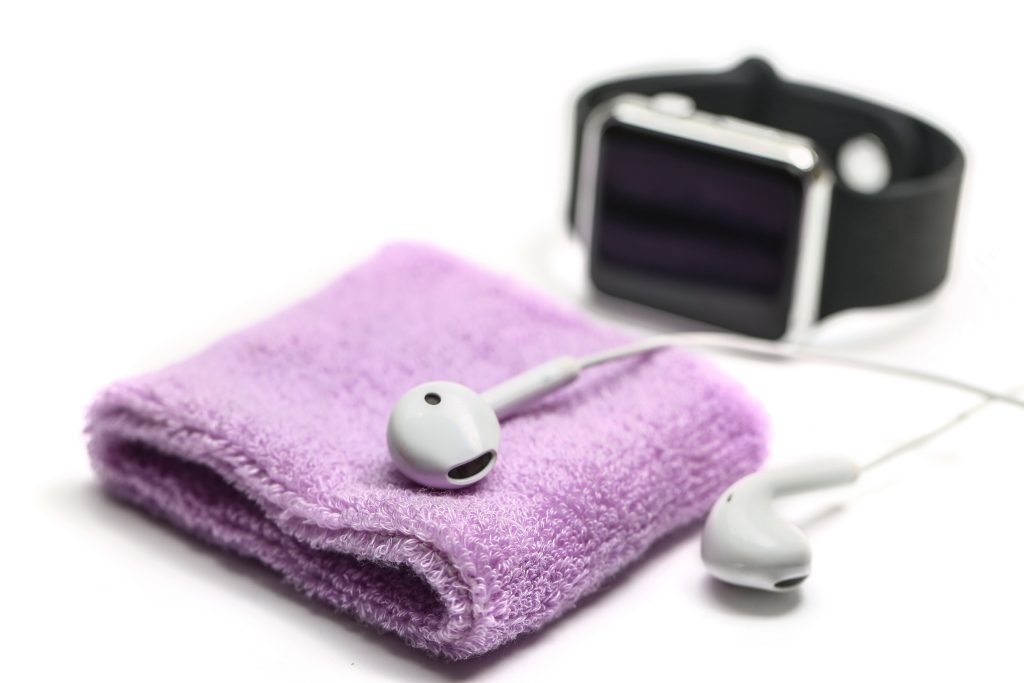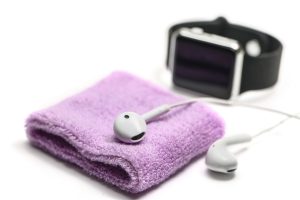
Why Simple Health Tech Works for Regular People
Most people don’t want to train like a pro athlete. They just want to feel better, move more, and stop guessing about their health. That’s where health tech helps. Not by being flashy, but by giving you useful info that’s easy to act on.
According to the Global Wellness Institute, over 37% of adults use at least one health tech tool to track fitness, sleep, or health stats. The best part? You don’t need to spend big or know much to make it work.
You just need the right tools and a clear plan. Here’s how to use everyday tech to stay on top of your health—even if you hate working out.
Start With a Fitness Tracker That Does the Basics
Don’t Pay for Features You Won’t Use
You don’t need a smartwatch that runs apps or answers calls. Just get one that counts steps, tracks heart rate, and logs sleep. Something like the Fitbit Inspire 3 or the Xiaomi Band 8 will do fine. Both cost under $100 and last a week on one charge.
What to Track First
- Steps per day (goal: 7,000–10,000)
- Resting heart rate (lower is better)
- Sleep time and consistency
Focus on small changes. Walk five minutes more each day. Go to bed at the same time. These add up.
Action tip
Wear your tracker for 14 days without changing habits. Then make one small change and track the difference.
Use a Smart Scale to See More Than Just Weight
Body Fat and Muscle Trends Matter More
Weight alone lies. A smart scale like Renpho or Withings tracks fat percentage, muscle mass, and water. These tell a better story over time. They sync to your phone and show graphs.
Set Weekly Check-In Days
Weigh yourself once or twice a week, same time, same conditions. Morning, before food. This keeps your data clean.
Action tip
Ignore the day-to-day swings. Look at month-long trends instead.
Add a Blood Pressure Monitor if You’re Over 30
Why It Matters
High blood pressure often shows no symptoms but raises stroke and heart risk. A 2023 CDC study found almost 1 in 2 U.S. adults has high blood pressure.
Use a home cuff like Omron or QardioArm. They’re quick and accurate.
How Often to Measure
- 3 times a week if healthy
- Daily if you’ve been warned by a doctor
Action tip
Log your readings in a notes app. Bring them to checkups.
Keep a Food Log With a Barcode Scanner
Stop Guessing What You’re Eating
Apps like MyFitnessPal or Lose It let you scan food and track calories, protein, and sugar. The first few days feel annoying. After that, it becomes second nature.
What to Watch
- Daily added sugar (keep it under 25g if possible)
- Fibre intake (aim for 25–30g)
- Protein with each meal
Kate, 34, from Brisbane started logging lunches and realised she ate 90% carbs most days. “No wonder I crashed every afternoon,” she said. Now she swaps toast for eggs or tuna and feels more steady.
Action tip
Log one meal a day for a week. You’ll find your weak spot.
Use a Posture Sensor if You Work at a Desk
Slouching Hurts More Than You Think
Poor posture causes back pain, headaches, and fatigue. Posture sensors like Upright Go or Lumo stick to your upper back and buzz when you slouch.
Wear one for a week. The habit changes faster than you expect.
Bonus Fixes
- Raise your laptop
- Use a chair with lumbar support
- Stand for five minutes every hour
Action tip
Pair posture alerts with an hourly walk reminder.
Try a Guided Breathing Gadget to Lower Stress
Breathing Beats Burnout
Stress kills focus. It also messes with sleep and blood pressure. Devices like Core or Moonbird guide you through breathing sessions using light, sound, or haptic feedback.
You don’t need to meditate. Just breathe slower. That’s enough to lower cortisol.
Ben, 38, a small business owner in Melbourne, uses a breathing tracker after lunch. “Two minutes of slow breathing and I stop craving junk food,” he says.
Action tip
Set a timer for 2 p.m. every day. That’s when stress usually peaks.
Keep Your Health Data Private
Most health apps ask for permission to access your contacts, GPS, or camera. Always say no unless it’s needed. Use strong passwords and two-factor login.
If something you post—like weight data, old fitness photos, or personal stories—shows up in search and causes harm, services like Guaranteed Removals can help clean that up. Health should help, not embarrass.
Action tip
Search your name online once a month. If health info shows up that you didn’t approve, take action fast.
Create a Weekly Check-In Routine
Sunday Setup Works Best
Take 10 minutes each Sunday to review your data. Look at:
- Steps for the week
- Sleep averages
- Any blood pressure readings
- Weight trend
Then choose one simple goal for the week. Example: “Sleep by 10:30 p.m. for five days.” That’s it.
Action tip
Write it on a sticky note. Put it on your mirror or fridge.
Final Thoughts
You don’t need a gym, a trainer, or a six-pack to get healthier. Just a few cheap tools and a plan. Use a basic fitness tracker. Add a smart scale. Log food. Breathe slower. Watch your posture. Keep your private data safe. Don’t overthink it.
Start with one device. Use it every day for a week. Then layer the next habit. Health tech works best when it stays simple. The results follow when you do.






